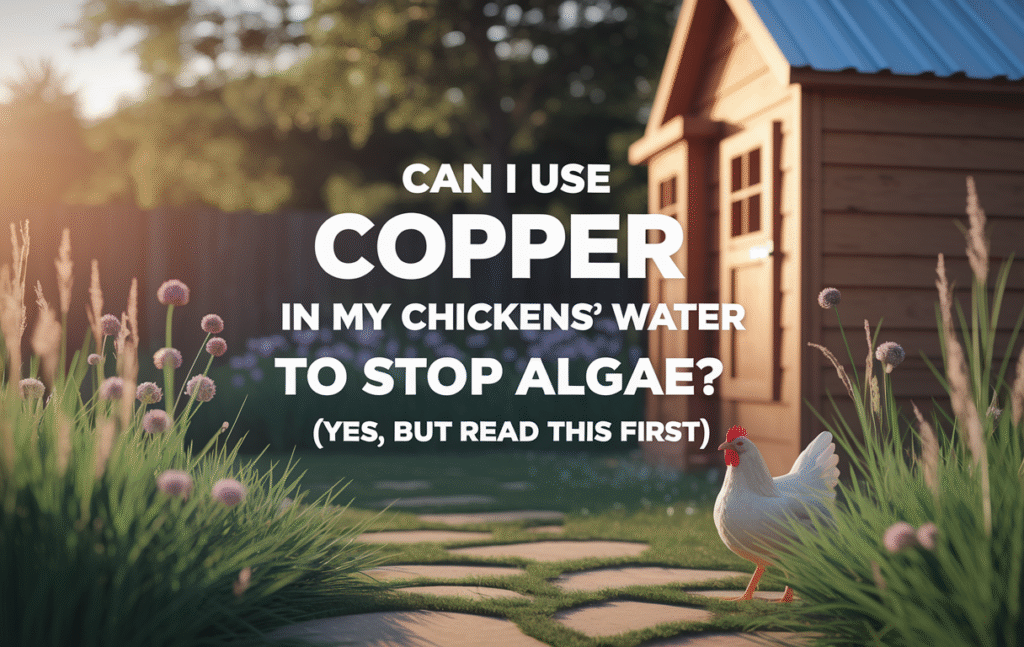
Are Mealworms Good for Chickens?
If you’ve got chickens, chances are you’ve either already given them mealworms — or you’ve watched someone toss a handful and seen a full-on chicken stampede happen. I’ve been there. It’s hilarious, but also kind of eye-opening. It got me wondering: are mealworms actually good for chickens, or are they just like chicken junk food?
Turns out, mealworms are more than just a tasty snack. They’re loaded with protein, packed with nutrients, and can actually help with egg production, molting, and overall health — when used the right way.
I started mixing them into my flock’s routine during a particularly rough molting season, and it made a noticeable difference. And recently, I’ve been giving them a blend that includes not just mealworms, but beetles too — like the Manna Pro Farmhouse Favorites Beetle Bliss Treat, which they go nuts for. It’s 45% protein and made with natural ingredients — more than just a snack, it’s a real supplement.
Let’s break down why your birds might love these little bugs so much — and why their bodies do too.
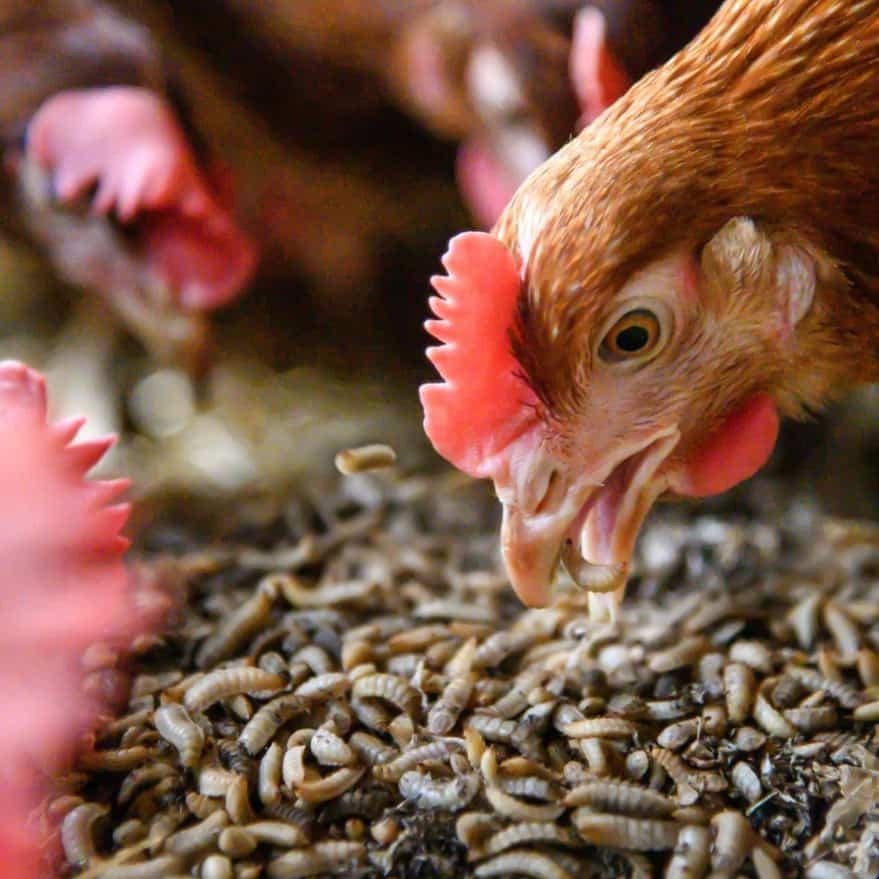
What’s in Mealworms? (Why Chickens Love Them)
Mealworms aren’t magic — but to chickens, they might as well be. They’re basically the perfect combination of taste, texture, and nutrition, especially for backyard flocks that need a little boost.
Nutritional Profile of Mealworms
Mealworms (especially dried ones) are typically:
- 50–55% protein
- Around 25% fat
- Loaded with amino acids
- Rich in trace minerals like zinc, iron, and potassium
This makes them ideal for helping hens recover from molting, boosting feather regrowth, and even giving egg-laying hens the energy and protein they need to stay productive.
Why Protein Matters
Protein isn’t just about muscle — in chickens, it supports:
- Feather growth and repair
- Egg development
- Immune system strength
- General energy (especially in active or laying hens)
That’s why I keep a jar of high-protein mixes like this Manna Pro Beetle Bliss blend on hand — it gives them variety beyond just plain mealworms, and adds beetles to the mix for texture and added protein.
Whether you’re trying to help them through molting or just want stronger layers, mealworms are one of the easiest ways to get them there — if you don’t overdo it.

Can Chickens Eat Dried Mealworms?
Absolutely — chickens can eat dried mealworms, and in most backyard setups, it’s actually the easiest and cleanest way to offer them. Dried mealworms have the same high protein content as live ones but without the mess, smell, or storage issues.
When I first started feeding chickens mealworms, I used the plain dried kind you find in a plastic tub at the feed store. The birds loved them, sure — but when I switched to a more balanced blend like Manna Pro’s Beetle Bliss Poultry Treat, I noticed they got more excited about snack time. That blend includes both mealworms and beetles, which seems to better mimic what they’d naturally forage for in the yard.
Plus, dried mealworms don’t crawl up your arm — so that’s a win.
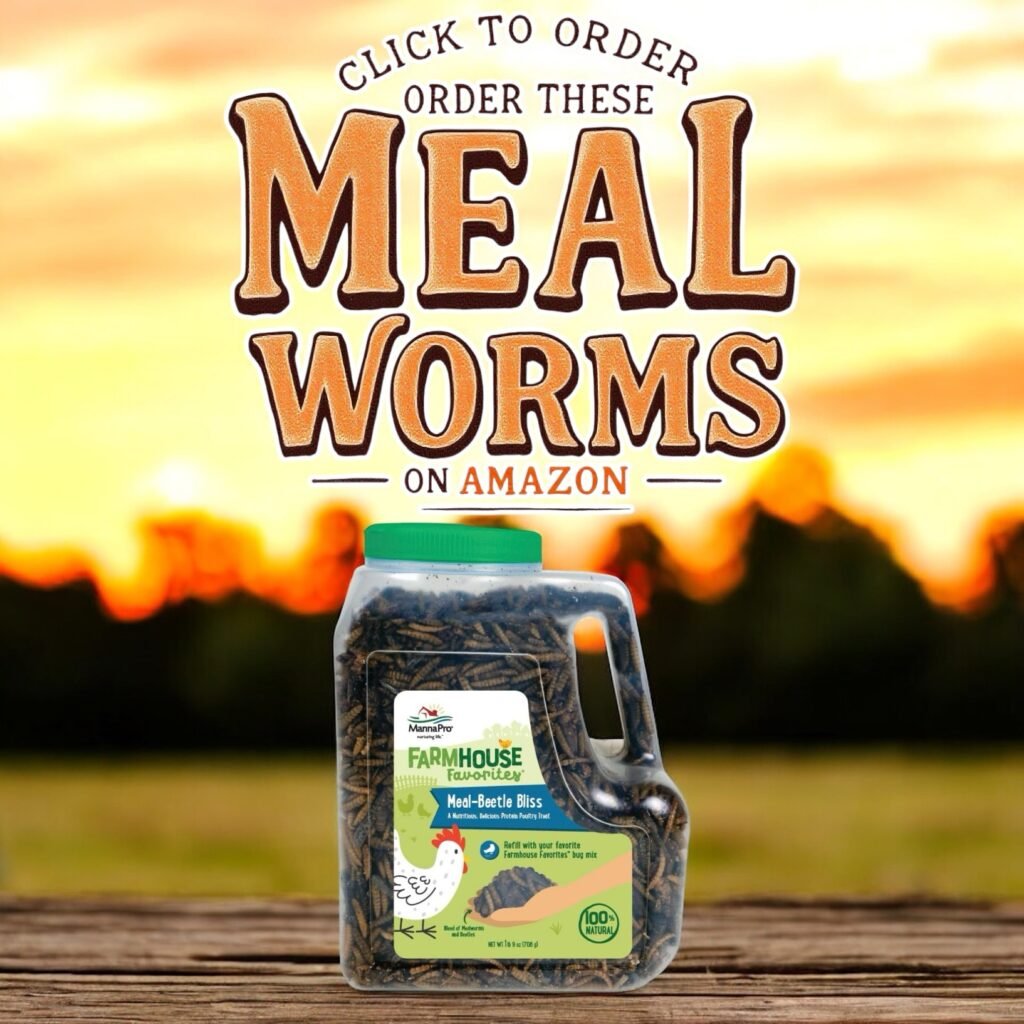
Benefits of Mealworms for Chickens
Mealworms aren’t just fun for chickens — they actually help them stay healthier, lay better eggs, and recover from stress or seasonal changes. But it’s easy to overlook just how many specific benefits they bring to the coop.
Helps During Molting
When your flock starts dropping feathers like confetti, their bodies need tons of protein to regrow those feathers. A quick daily boost of mealworms during molt season can really make a difference — I saw faster recovery and less sulking during those rough few weeks.
Boosts Egg Production
A diet that’s rich in protein helps hens lay stronger, more consistent eggs. I wouldn’t rely on mealworms alone, but when paired with a good layer feed and plenty of water (like from this automatic watering setup), it definitely helps them stay productive.
Encourages Natural Foraging Behavior
Scatter a handful of mealworms in the run, and watch the flock get to work. It taps into their natural instincts, keeps them mentally engaged, and reduces boredom-related behavior like feather picking.
If you’re feeding them regularly, something like the Manna Pro Beetle Bliss blend gives you variety and protein — and it’s easier to scoop out and sprinkle than dealing with live worms or bugs.

How Many Mealworms Should You Feed Chickens?
Mealworms are great for chickens — but moderation really matters. Overfeeding them can crowd out important nutrients from their regular feed, especially for layers.
Here’s a good rule of thumb I’ve followed:
Daily Treat Guideline:
- About 10 to 15 dried mealworms per chicken
- Or roughly a small palmful for every 4–5 hens
- If you’re using a blend like the Manna Pro Beetle Bliss Treat, which includes beetles and other protein sources, you can go a little heavier — it’s more balanced than just straight mealworms
Too many mealworms can:
- Lower calcium intake from feed
- Lead to weight gain or lazy foraging
- Cause your hens to become, well… mealworm addicts (they’ll start ignoring their feed and begging like barnyard beggars)
So yes — are mealworms good for chickens? Absolutely. Just don’t let them replace what matters most: a complete, balanced diet.
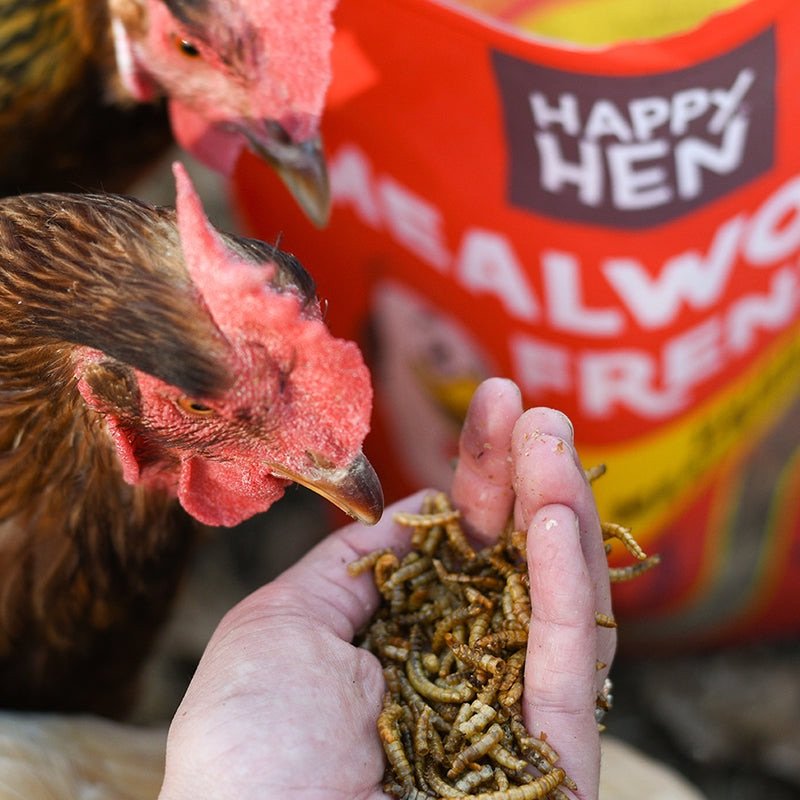
Best Times to Feed Mealworms
There’s no “wrong” time to feed mealworms, but there are definitely better times if you want to get the most out of them. Timing helps your chickens get the benefit without disrupting their nutrition or routine.
Great Times to Use Mealworms:
- After their main feed – ensures they’ve eaten the good stuff first
- During molting – helps regrow feathers faster with extra protein
- Cold winter mornings – provides energy to stay warm and active
- Training moments – want them to follow you? Bring the bag
- Getting them in the coop at night – this trick never fails for me
Personally, I toss a small handful of the Manna Pro Beetle Bliss mix in the late afternoon, after they’ve had a full day of feed and foraging. It’s a great way to give them something exciting without spoiling their diet.
Plus, it keeps them looking at me like I’m the hero of the yard. And who doesn’t love that?
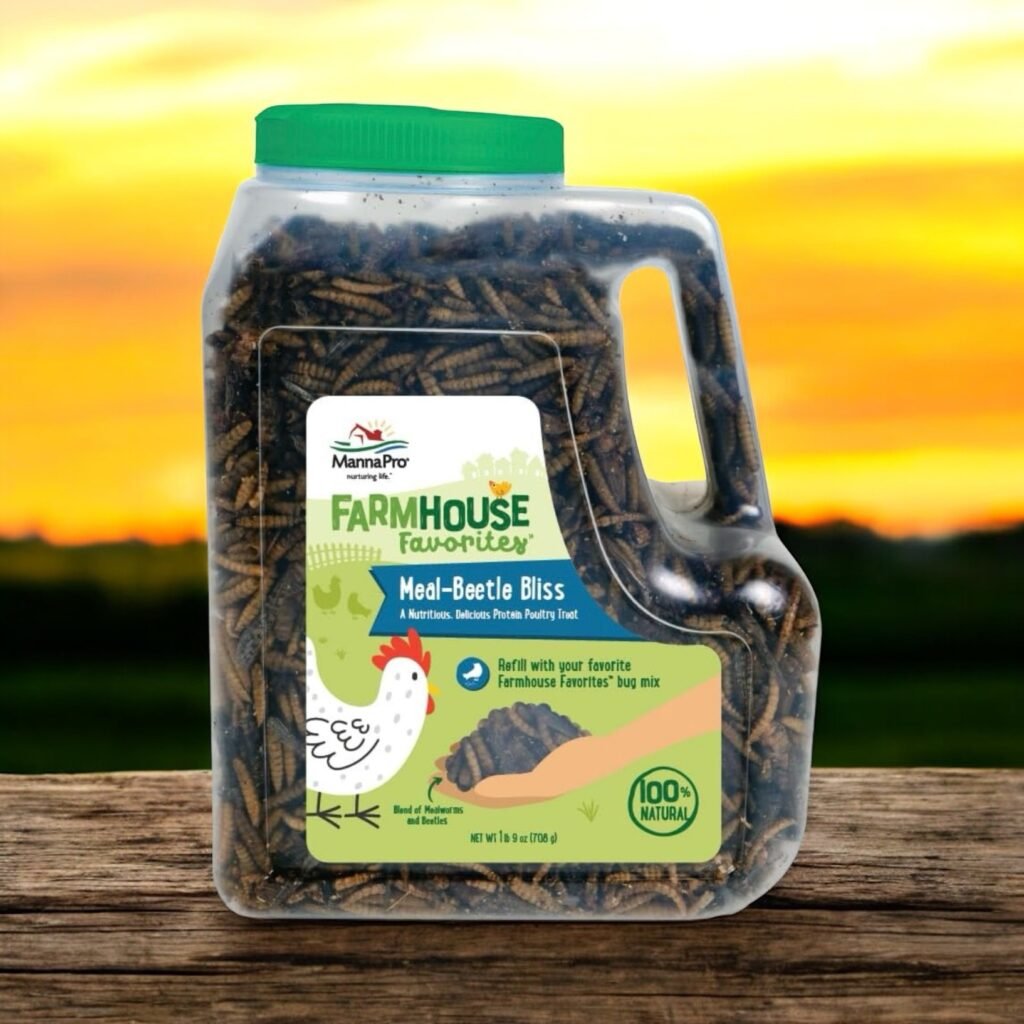
Are There Any Downsides to Feeding Too Many Mealworms?
Even though mealworms are good for chickens, giving too many can backfire. I learned this the hard way after getting a little too generous with the treat bucket one week. My hens were hooked, but their feed intake dropped — and one even laid a soft-shelled egg.
Here’s what to watch out for if you’re going a little heavy on the bugs:
What Overfeeding Can Lead To:
- Nutrient imbalance – too much protein and not enough calcium
- Reduced layer feed intake – especially bad for hens that are actively laying
- Weight gain or lethargy
- More aggressive pecking – chickens can get competitive when they’re hooked on treats
To avoid those issues, I stick to feeding mealworms or mixed treats like Beetle Bliss after their daily feed — not before. That way, they’re full of the good stuff first, and the treats are just a bonus.

Are Mealworms Safe for Chickens? (And What to Watch For)
Mealworms are safe — as long as you’re getting them from the right place. Not all dried bugs are created equal. Some cheaper bulk options are raised in poor conditions, or stored with additives that aren’t great for your birds.
Here’s what I look for when choosing a reliable mealworm source:
How to Pick the Right Mealworms:
- Labeled for poultry or livestock use
- No additives or artificial flavoring
- Stored in sealed, dry containers
- Raised in clean, regulated environments
- Comes from a brand with solid reviews or farm credibility
That’s why I stick with known brands like Manna Pro’s Beetle Bliss Treat — it’s made specifically for chickens and poultry, with a clear label, trusted reputation, and a clean protein blend. Plus, my birds go wild for it.
Avoid wild-caught mealworms, sketchy bulk sellers, or anything unlabeled. A little care up front saves you a lot of problems later.

How to Feed Mealworms Without Coop Chaos
If you’ve ever thrown mealworms into the run without a plan… you’ve probably watched your sweet hens turn into feathered linebackers. Chickens love mealworms — but unless you want a mini stampede every time you walk into the yard, it helps to have a system.
Here are a few ways I’ve learned to feed mealworms without turning feeding time into a rodeo:
Smarter Ways to Serve Mealworms:
- Scatter in open space: Only if the ground is dry and not muddy
- Use a low bowl or dish: Keeps them contained and avoids waste
- Drop a few into your hand: Great for bonding and hand-training shy birds
- Mix into a scratch blend: Dilutes the protein and stretches the treats
- Use them in training: I’ve used Beetle Bliss to train mine to come when I shake the container
I personally keep a little plastic scoop in my feed bin. It keeps the portions under control and the birds know what’s coming when they hear it — but they’re not fighting over it like they just saw the last worm on Earth.
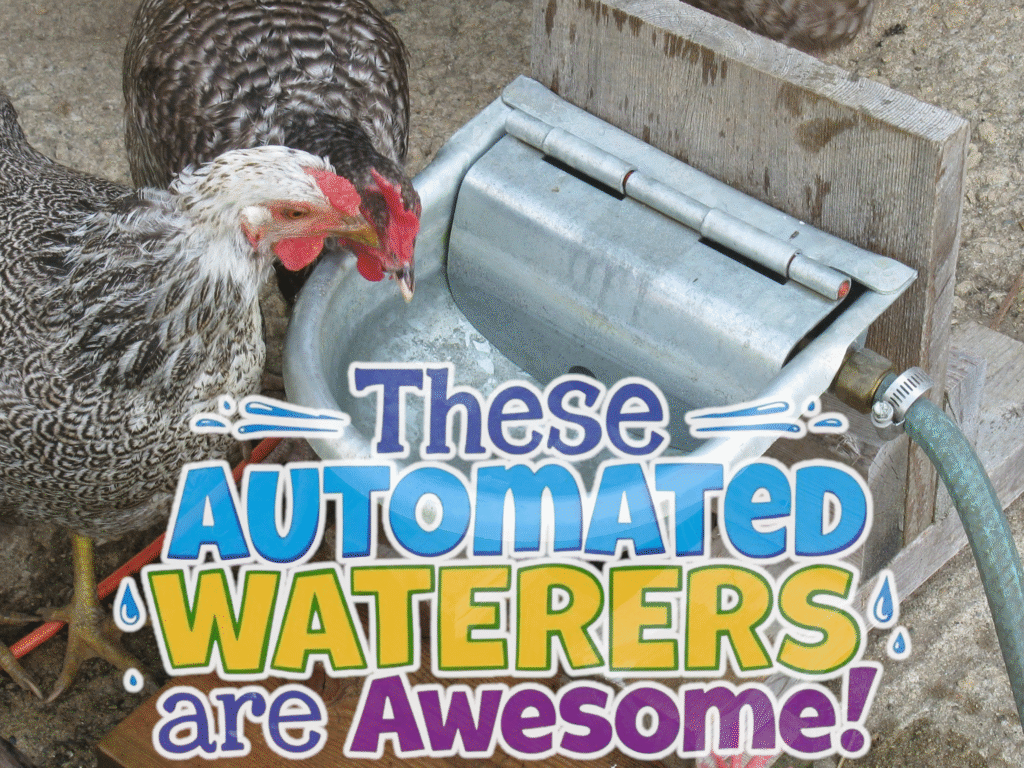
Are Mealworms Good for Laying Hens?
This is one of the top questions I see, and it’s a good one — especially if you’re trying to improve egg output. Mealworms are absolutely good for laying hens, but they should be part of a balanced routine, not a replacement for their core feed.
How Mealworms Support Egg Production:
- High protein (45–50%) helps hens maintain energy during peak laying
- Amino acids support the development of strong egg shells and yolks
- Extra calories can help during colder months when hens burn more energy
I’ve seen improved shell strength and steadier laying cycles, especially when I’m consistent with their nutrition and hydration. Pairing a treat like Beetle Bliss with a good-quality layer feed and a clean water source — like our auto waterer setup — helps support my flock without stressing their system.
And if you’re wondering when your younger hens should start laying in the first place, I break it down in detail in this post.

Are Mealworms Good for Chickens Long-Term?
So… are mealworms good for chickens? Absolutely. They’re one of the easiest, cleanest, and most beneficial treats you can offer — packed with protein, loaded with natural nutrients, and a great tool for supporting your flock through everything from molting to egg laying.
That said, they’re a treat — not a replacement for proper feed and fresh water. Keep their diet balanced, stick to small portions, and your hens will stay healthy and happy. I keep a container of Manna Pro’s Beetle Bliss in the feed bin year-round — it’s my go-to for reward snacks, cold-weather boosts, and “I just like you” moments with the birds.
If you’re building out your setup, you might also want to check out how I keep water clean with an auto waterer systemand why I add a little copper to prevent algae. When it all works together — feed, treats, water, care — you get a flock that’s not just surviving… they’re thriving.

As an Amazon Associate we earn from qualifying purchases through some links in our articles.

